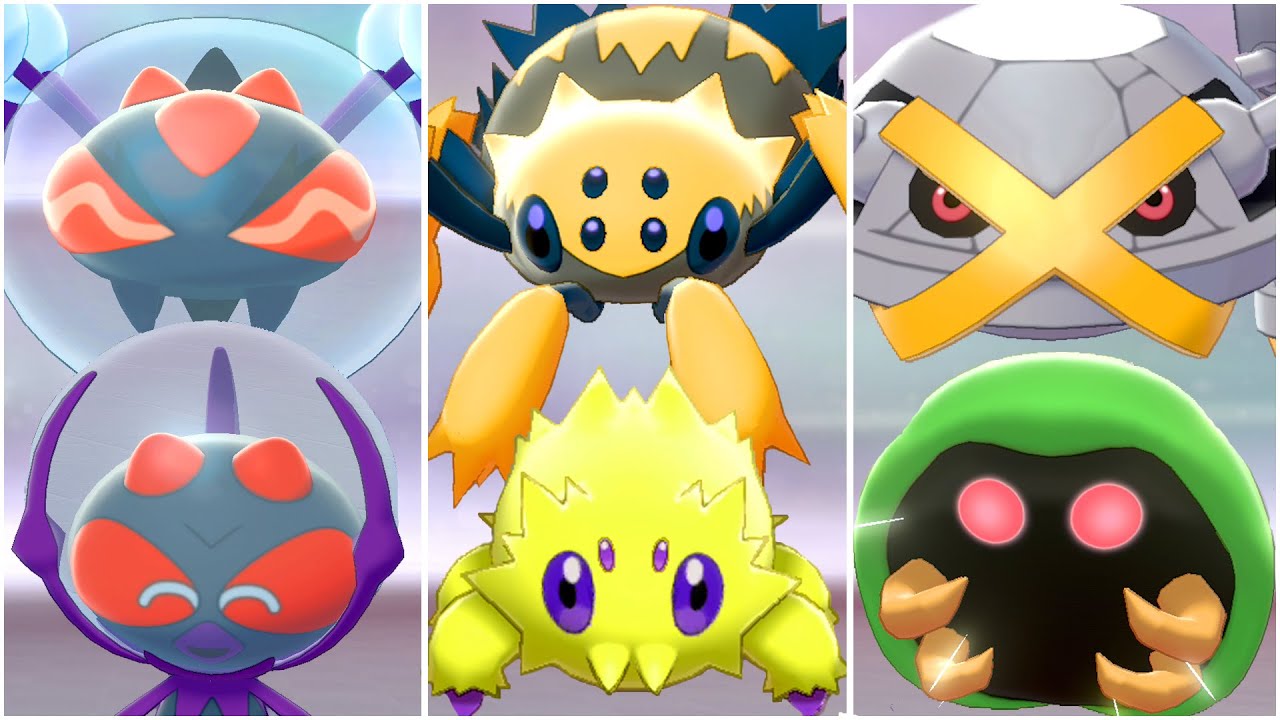
Joule’s Law of Electrical Heating is a fundamental principle in the field of physics that defines the relationship between the electrical energy dissipated in a resistive element and the resulting heat produced. Named after the renowned physicist James Joule, this law provides valuable insights into the behavior of electrical circuits and the conversion of electrical energy into thermal energy.
In this article, we will delve into the intriguing world of Joule’s Law of Electrical Heating and explore 17 fascinating facts about this fundamental principle. From the historical context of its discovery to its practical applications in everyday life, we will uncover the hidden secrets and explore the remarkable implications of Joule’s Law. So, whether you are a physics enthusiast or simply curious about the wonders of electrical heating, join us on this journey as we unravel the mysteries of Joule’s Law.
Key Takeaways:
- Joule’s Law explains how electricity creates heat in devices like toasters and hair dryers. It helps engineers design efficient gadgets and ensures we don’t waste energy as heat.
- Understanding Joule’s Law can help us use electricity wisely and develop new ways to save energy. It’s like a secret code that helps scientists make our world more sustainable.
The Discovery of Joule’s Law
Fact: James Prescott Joule, a British physicist, formulated Joule’s Law in the mid-19th century. This law established a fundamental connection between electrical energy and heat.
Joule’s Law states that the heat generated in a conductor is directly proportional to the square of the current passing through it, multiplied by the resistance of the conductor.
The Relationship Between Heat and Electricity
Fact: According to Joule’s Law, when an electric current passes through a conductor, the particles within the material collide with one another, resulting in resistance and the production of heat.
These collisions cause the kinetic energy of the particles to be converted into thermal energy, which increases the temperature of the conductor.
Dissipation of Electrical Energy
Fact: Joule’s Law also states that electrical energy is dissipated as heat in any circuit with resistance. This dissipation is a result of the conversion of electrical energy into thermal energy.
It is important to minimize this dissipation in electrical devices to improve energy efficiency and prevent overheating.
Dependence on Resistance and Current
Fact: Joule’s Law highlights the dependence of heat generation on both the resistance of the conductor and the magnitude of the current flowing through it.
The law states that the heat generated is directly proportional to the resistance and the square of the current.
Applications in Electrical Devices
Fact: Joule’s Law finds wide applications in various electrical devices, such as electric heaters, toasters, hair dryers, and electric stoves, where heat is required for their functioning.
It is used to design and calculate the necessary power and resistance to generate the desired amount of heat in these devices.
Limitations of Joule’s Law
Fact: While Joule’s Law is a useful principle in understanding heating effects in electrical circuits, it assumes that the entire electrical energy is converted into heat.
In reality, some energy may be lost as other forms of energy, such as electromagnetic radiation or mechanical work.
Joule Heating in Conductors
Fact: Joule heating is predominantly observed in conductive materials, such as metals, due to their low electrical resistance.
These materials experience significant heat generation when an electric current passes through them, making them suitable for heating applications.
Increasing the Heating Effect
Fact: To increase the heating effect in a circuit, one can either increase the current or increase the resistance.
By increasing the current, more energy is converted into heat. Similarly, increasing the resistance will lead to more collisions and thus more heat generation.
The Joule Effect
Fact: The phenomenon of heat generation due to the flow of electrical current is often referred to as the Joule effect or Joule heating.
This effect is utilized in various industrial processes, including resistance welding, melting metals, and annealing.
Joule Heating and its Impact on Electronics
Fact: In electronic devices, Joule heating can be a concern as excessive heat can lead to damage or malfunctioning of components.
Efficient heat dissipation techniques, such as heat sinks and cooling fans, are used to mitigate the effects of Joule heating and maintain device performance.
Conversion Efficiency Considerations
Fact: Joule’s Law plays a crucial role in understanding the efficiency of energy conversion in electrical circuits.
Efficiency is determined by the ratio of useful output energy (heat) to the input electrical energy, which is affected by factors such as resistance and current.
Relation to Ohm’s Law
Fact: Joule’s Law of electrical heating is closely related to Ohm’s Law, which states that the current flowing through a conductor is directly proportional to the voltage applied and inversely proportional to the resistance of the conductor.
Joule’s Law expands on Ohm’s Law by emphasizing the relationship between current, resistance, and heat generation.
Joule’s Law and Energy Conservation
Fact: Joule’s Law aligns with the principle of energy conservation, stating that energy cannot be created or destroyed, only converted from one form to another.
This law demonstrates the transformation of electrical energy into thermal energy, reaffirming the conservation of energy principle.
The Role of Joule’s Law in Electric Power
Fact: Joule’s Law has significant implications in the field of electric power generation and distribution.
Understanding the heat generated in power transmission lines and ensuring efficient energy transfer is crucial in maintaining a reliable and safe electrical grid.
Continual Relevance in Electrical Engineering
Fact: Joule’s Law remains a fundamental concept in electrical engineering, serving as the basis for numerous calculations and designs involving heating effects in electrical circuits.
From household appliances to the power industry, the principles laid out in Joule’s Law continue to shape technological advancements.
Influencing Energy Management
Fact: Joule’s Law of electrical heating has implications for energy management and conservation.
By understanding the relationship between electrical energy and heat generation, energy consumption can be optimized, leading to more sustainable and efficient practices.
The Future of Joule’s Law
Fact: As advancements in technology and energy conservation continue, the principles and applications of Joule’s Law are likely to play an even greater role in shaping a sustainable energy future.
By leveraging the understanding of electrical heating, scientists and engineers can develop innovative solutions for efficient energy utilization.
Conclusion
Joule’s Law of electrical heating is a fundamental principle in the field of physics that describes the relationship between the current flowing through a conductor, the resistance of the conductor, and the heat generated. It was formulated by James Prescott Joule in the mid-19th century and has since played a crucial role in understanding and harnessing electrical energy.
By understanding Joule’s Law, we can better comprehend the processes involved in electrical heating, such as in electric stoves, heaters, and other devices. This knowledge also contributes to the development of more efficient and sustainable technologies in various industries, including power generation and electronics.
Exploring the intriguing facts about Joule’s Law not only enhances our appreciation for the scientific principles underlying electrical heating but also expands our understanding of the broader concepts in physics. It serves as a reminder of the intricate connections between electricity, heat, and energy transfer, constantly driving innovation and progress in our modern world.
FAQs
1. What is Joule’s Law of electrical heating?
Joule’s Law of electrical heating states that the heat generated in a conductor is directly proportional to the square of the current flowing through it and the resistance of the conductor.
2. Why is Joule’s Law important?
Joule’s Law is essential as it helps us understand the relationship between electrical energy and heat generation, enabling the design and optimization of electrical heating systems.
3. What are some practical applications of Joule’s Law?
Joule’s Law is applicable in various fields, including electric heaters, electric stoves, incandescent light bulbs, and electric resistance welding.
4. How does Joule’s Law relate to power dissipation?
Joule’s Law relates to power dissipation by stating that power dissipated in a resistor is equal to the current squared multiplied by the resistance.
5. Can Joule’s Law be applied to other forms of energy?
Joule’s Law is specific to electrical heating, but similar principles can be applied to other forms of energy conversion and transfer, such as mechanical work and thermal energy.
Joule's Law of Electrical Heating is just one fascinating aspect of the world of energy and electrical engineering. Dive deeper into energy transfer through trophic levels and explore the intricacies of electrical resistance with Joule's Law. Aspiring electrical engineers will find a wealth of knowledge in these captivating topics, showcasing the incredible potential and complexity of the field.
Was this page helpful?
Our commitment to delivering trustworthy and engaging content is at the heart of what we do. Each fact on our site is contributed by real users like you, bringing a wealth of diverse insights and information. To ensure the highest standards of accuracy and reliability, our dedicated editors meticulously review each submission. This process guarantees that the facts we share are not only fascinating but also credible. Trust in our commitment to quality and authenticity as you explore and learn with us.


